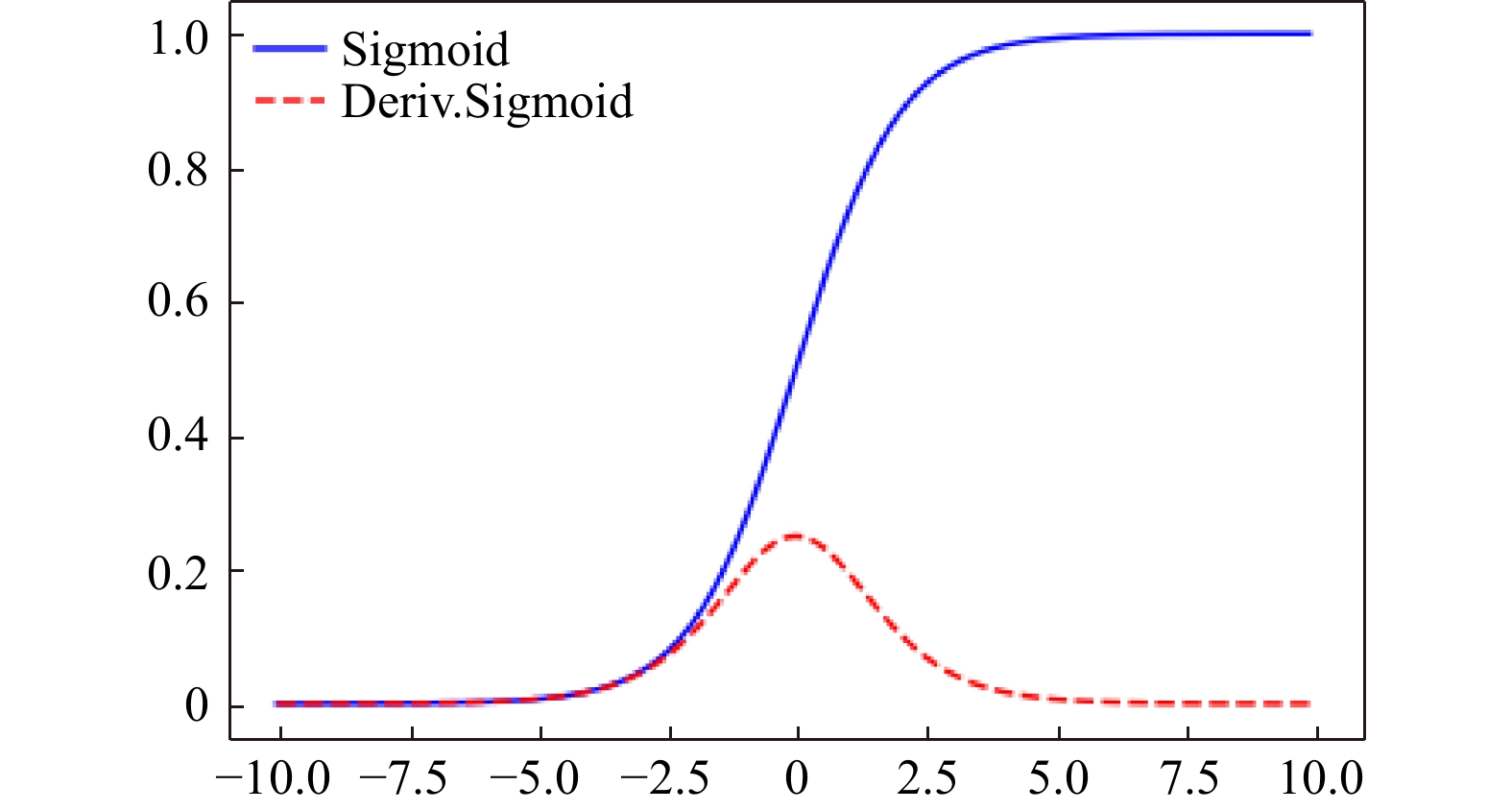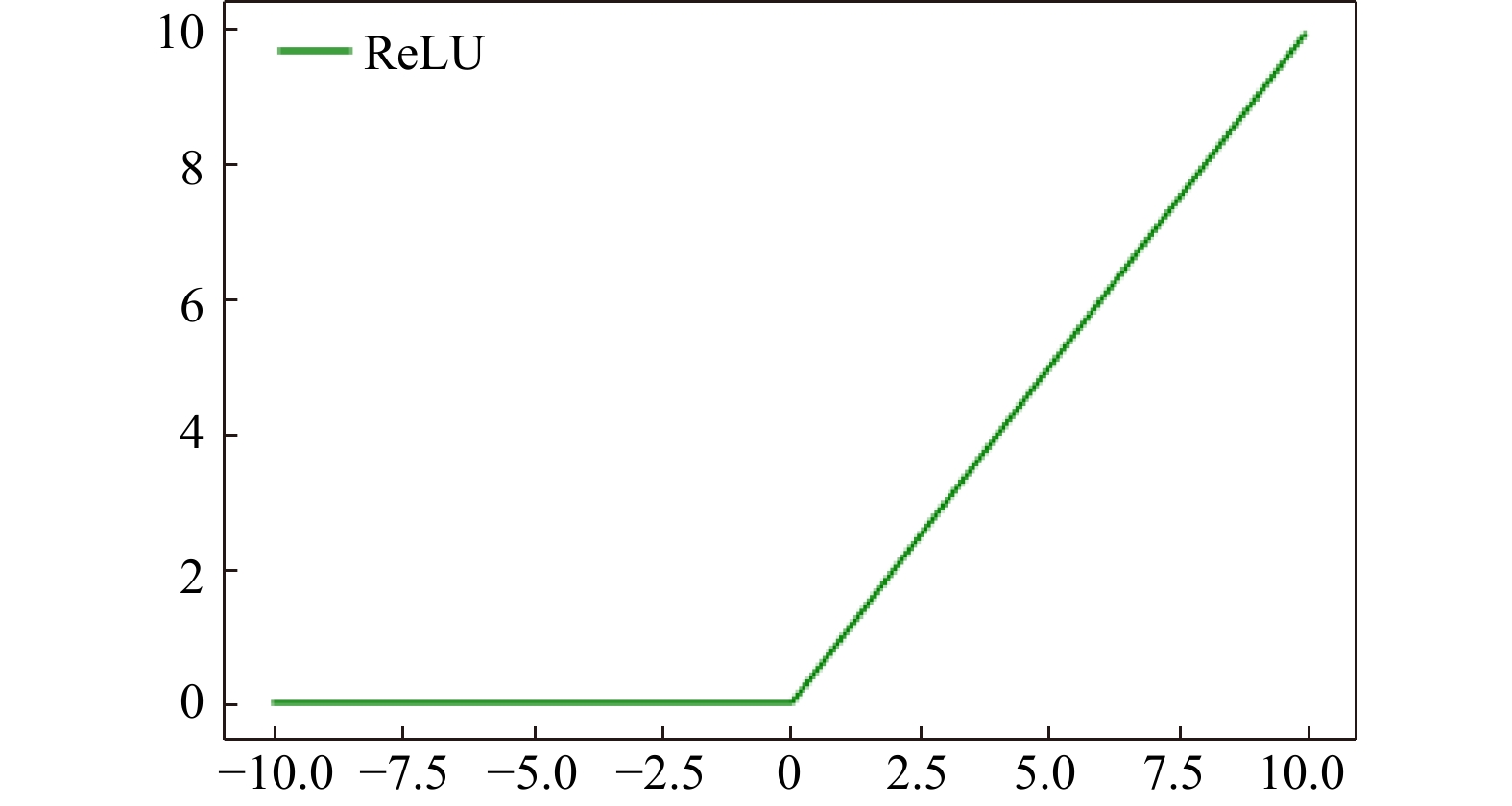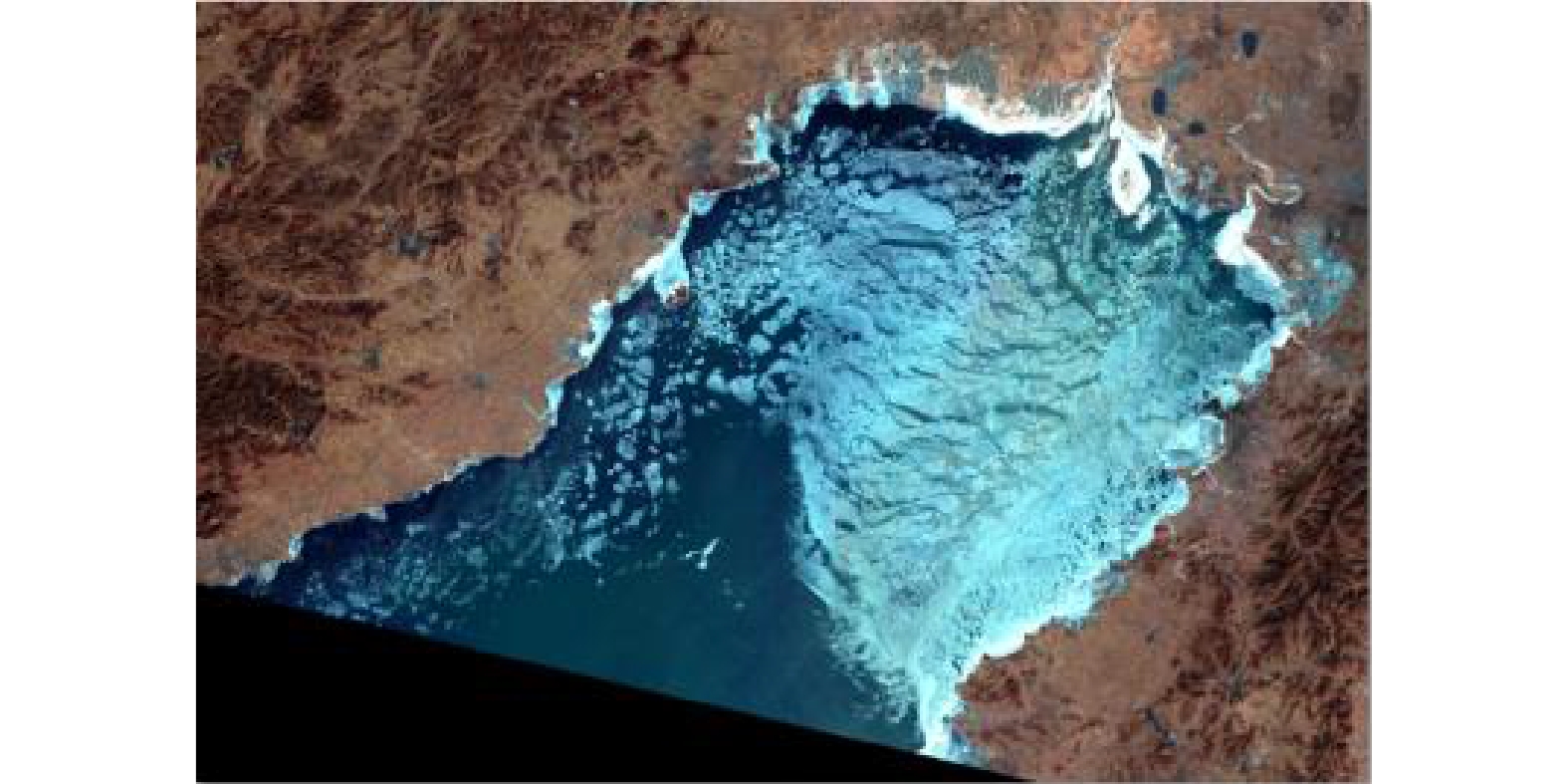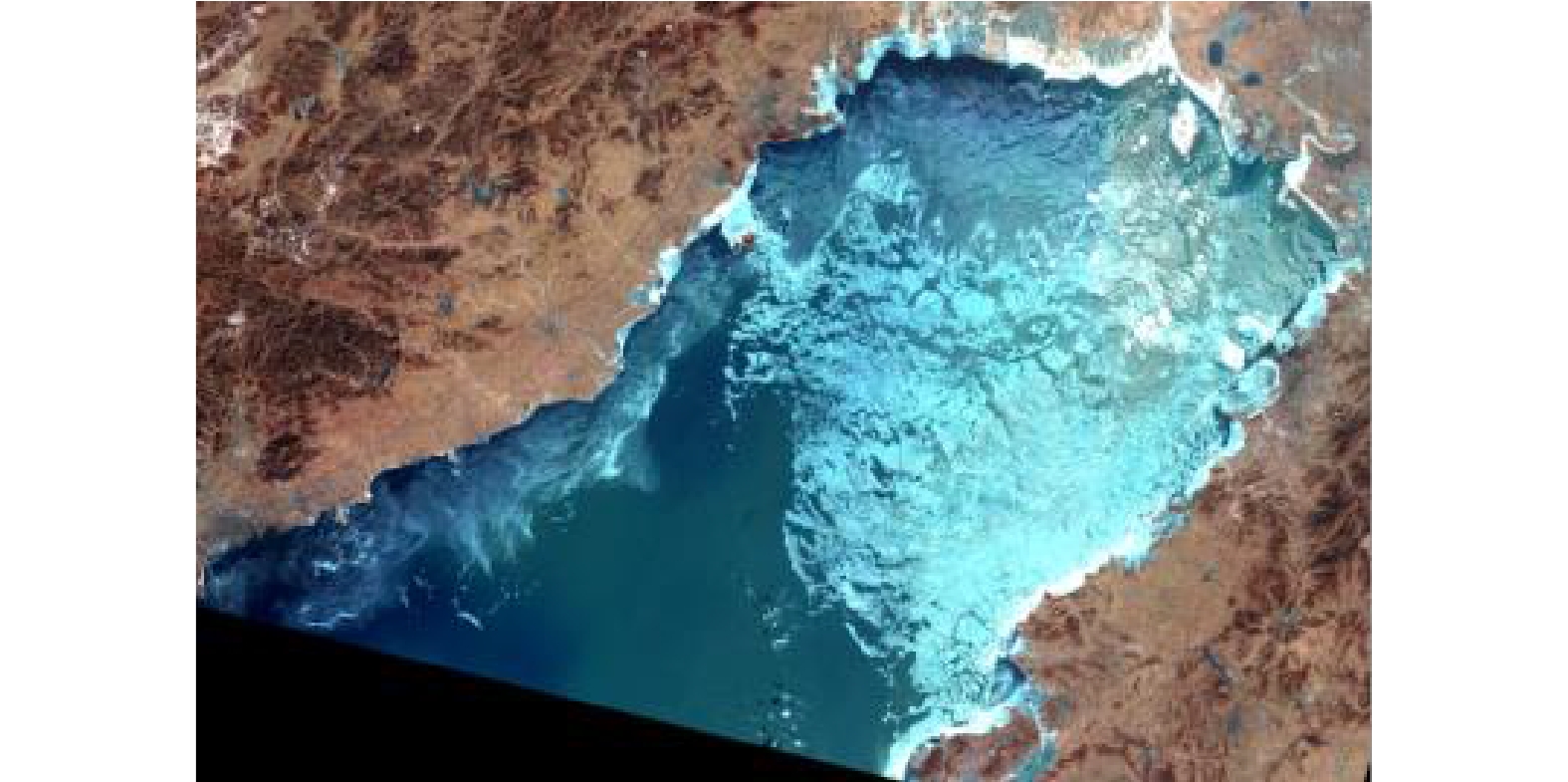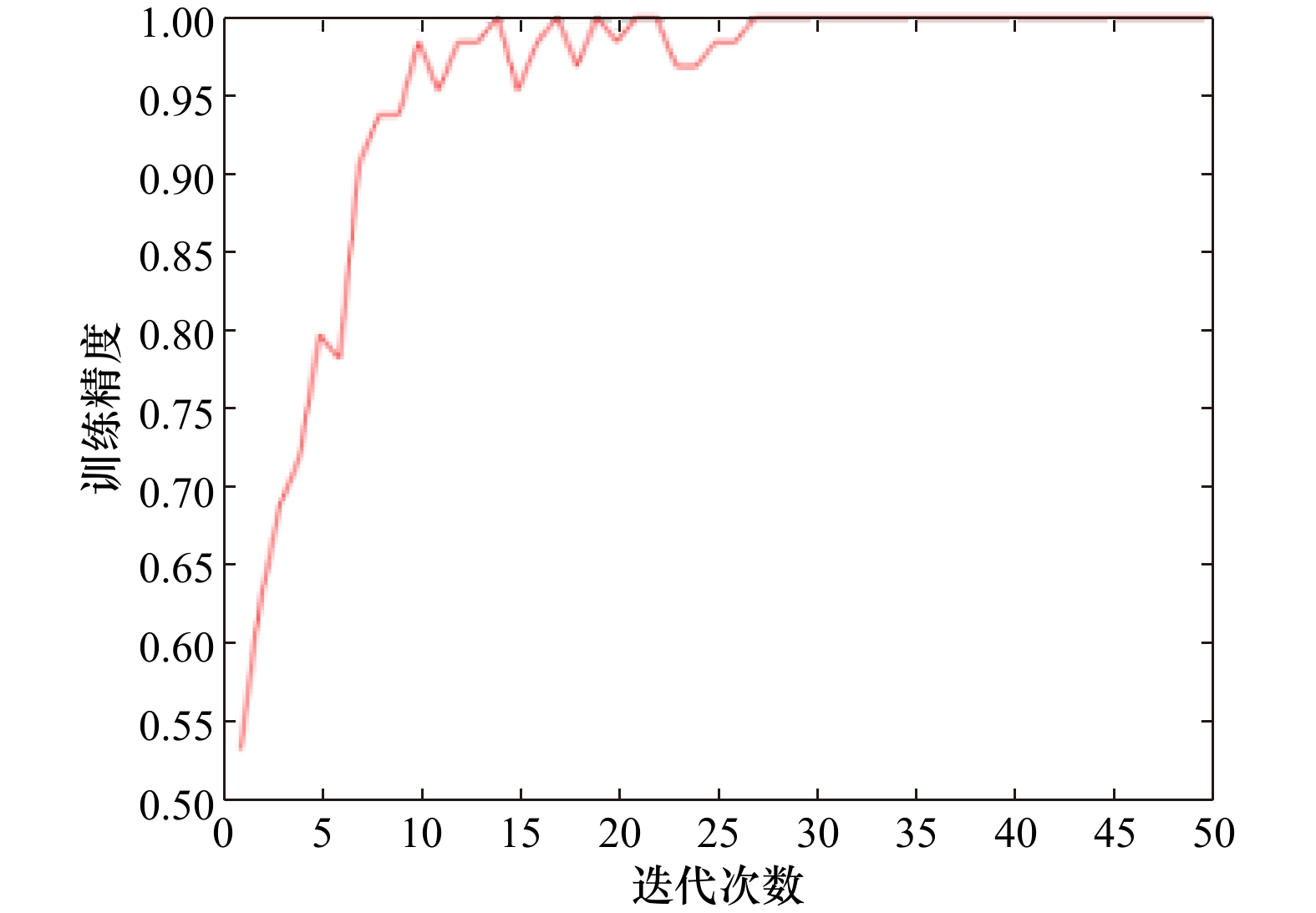Application of convolutional neural networks in satellite remote sensing sea ice image classification: A case study of sea ice in the Bohai Sea
-
摘要: 本文以TensorFlow为框架搭建卷积神经网络,基于迁移学习的思想,以经典的手写数字识别作为引入,对不同代价函数和激活函数组合对卷积神经网络模型分类结果影响进行了评价分析。以HJ-1A/B渤海海冰图像为实验数据源,分析了不同函数组合对遥感海冰图像分类的影响,优选出交叉熵代价函数与ReLU激活函数为最佳的组合,证明了卷积神经网络在遥感海冰分类中的应用可行性。对渤海海冰图像分类结果进行验证,其中带标签样本验证精度为98.4%。使用该模型对无标签的测试样本进行识别,讨论了样本的窗口尺寸对海冰分类结果的影响,发现在400×400小范围分类实验中最佳窗口尺寸为2×2;最后对整个渤海海域进行识别验证,效果较好。
-
关键词:
- 卷积神经网络 /
- 海冰分类 /
- 代价函数 /
- 激活函数 /
- TensorBoard
Abstract: This paper constructs a convolutional neural network based on TensorFlow. According to the idea of migration learning, the classical handwritten digit recognition is introduced as an introduction. The influence of different cost functions and activation function combinations on the classification results of convolutional neural network models is evaluated. Taking HJ-1A/B sea ice images as experimental data source, we analysis the influence of different function combinations on remote sensing sea ice image classification. It turns out that the cross-entropy cost function and the ReLU activation function are optimally combined. The feasibility of CNN in remote sensing sea ice classification is proved, and the classification results of the sea ice images in the Bohai Sea are verified. The calibration accuracy of the labeled samples is 98.4%. The model is then used to identify the unlabeled test samples. The influence of the window size on the sea ice classification results is discussed, and the optimal window size is 2×2 in the 400×400 small-scale classification experiment. Finally, the identification and verification of the entire Bohai Sea area is carried out, and the effect is good.-
Key words:
- CNN /
- sea ice classification /
- cost function /
- activation function /
- TensorBoard
-
图 8 模型测试样本400×400数据源(a)和2×2(b)、5×5(c)、10×10(d)窗口大小模型识别结果
a中亮色为海冰,暗色为海水;b−d中紫色代表海冰,黄色代表海水
Fig. 8 Test sample 400×400 (a), and 2×2 (b)、5×5 (c)、10×10 (d) model recognition results
The bright represents sea ice, and the dark represents sea water in a;the purple represents sea ice, and the yellow represents sea water in b-d
表 1 CCD载荷参数
Tab. 1 CCD parameters
有效载荷 波段号 光谱范围/μm 空间分辨率/m 幅宽/km CCD相机 B01 0.43~0.52 30 360(单台) B02 0.52~0.60 30 360(单台) B03 0.63~0.69 30 700(两台) B04 0.76~0.90 30 700(两台) 表 2 交叉熵代价函数与ReLU激活函数组合
Tab. 2 Combination of cross-entropy cost function and ReLU activation function
迭代次数 训练精度/% 验证精度/% 8 000 92.0 91.4 10 000 98.0 93.0 20 000 98.0 96.8 表 5 二次代价函数与Sigmoid激活函数组合
Tab. 5 Combination of quadratic cost function and Sigmoid activation function
迭代次数 训练精度/% 验证精度/% 8 000 30.0 27.0 10 000 44.0 38.4 20 000 74.0 65.3 表 3 二次代价函数与ReLU激活函数组合
Tab. 3 Combination of quadratic cost function and ReLU activation function
迭代次数 训练精度/% 验证精度/% 8 000 70.0 76.5 10 000 74.0 84.6 20 000 84.0 91.9 表 4 交叉熵代价函数与Sigmoid激活函数组合
Tab. 4 Combination of cross-entropy cost function and Sigmoid activation function
迭代次数 训练精度/% 验证精度/% 8 000 58.0 45.1 10 000 52.0 51.7 20 000 74.0 83.9 表 6 不同代价函数和激活函数组合的海冰图像分类结果
Tab. 6 Sea ice image classification results with different cost function and activation function combinations
函数组合 迭代次数 训练精度/% 验证精度/% 交叉熵代价函数与ReLU激活函数组合 50 99.6 98.4 交叉熵代价函数与Sigmoid激活函数组合 50 89.8 80.8 -
[1] Wang Wenbo, Wen Yusong, Dong Xue, et al. Sea ice classification of SAR image based on wavelet transform and gray level co-occurrence matrix[C]//Proceedings of the Fifth International Conference on Instrumentation and Measurement, Computer, Communication and Control (IMCCC). Qinhuangdao: IEEE, 2015. [2] Ressel R, Singha S. Comparing near coincident space borne C and X band fully polarimetric SAR data for Arctic sea ice classification[J]. Remote Sensing, 2016, 8(3): 198. doi: 10.3390/rs8030198 [3] Liu Huiying, Guo Huadong, Zhang Lu. SVM-based sea ice classification using textural features and concentration from RADARSAT-2 dual-pol ScanSAR data[J]. IEEE Journal of Selected Topics in Applied Earth Observations and Remote Sensing, 2015, 8(4): 1601−1613. doi: 10.1109/JSTARS.2014.2365215 [4] Zakhvatkina N, Korosov A, Muckenhuber S, et al. Operational algorithm for ice-water classification on dual-polarized RADARSAT-2 images[J]. The Cryosphere, 2017, 11(1): 33−46. doi: 10.5194/tc-11-33-2017 [5] Tan Weikai, Li J, Xu Linlin, et al. Semiautomated segmentation of sentinel-1 SAR imagery for mapping sea ice in Labrador coast[J]. IEEE Journal of Selected Topics in Applied Earth Observations and Remote Sensing, 2018, 11(5): 1419−1432. doi: 10.1109/JSTARS.2018.2806640 [6] 张明, 吕晓琪, 张晓峰, 等. 结合纹理特征的SVM海冰分类方法研究[J]. 海洋学报, 2018, 40(11): 149−156.Zhang Ming, Lü Xiaoqi, Zhang Xiaofeng, et al. Research on SVM sea ice classification based on texture features[J]. Haiyang Xuebao, 2018, 40(11): 149−156. [7] 任莎莎, 郎文辉. 基于K-GMM算法的SAR海冰图像分类[J]. 地理与地理信息科学, 2018, 34(5): 42−48. doi: 10.3969/j.issn.1672-0504.2018.05.008Ren Shasha, Lang Wenhui. SAR sea ice image classification based on the K-GMM algorithm[J]. Geography and Geo-Information Science, 2018, 34(5): 42−48. doi: 10.3969/j.issn.1672-0504.2018.05.008 [8] 郑敏薇, 李晓明, 任永政. 高分3号星载合成孔径雷达极地海冰自动检测方法研究[J]. 海洋学报, 2018, 40(9): 113−124.Zheng Minwei, Li Xiaoming, Ren Yongzheng. The method study on automatic sea ice detection with GaoFen-3 synthetic aperture radar data in polar regions[J]. Haiyang Xuebao, 2018, 40(9): 113−124. [9] 逯跃锋, 和鑫, 陆黎娟, 等. 基于纹理分析的SAR海冰图像分类方法[J]. 山东理工大学学报:自然科学版, 2019, 33(1): 51−55.Lu Yuefeng, He Xin, Lu Lijuan, et al. Research on classification method of the SAR sea ice image based on texture analysis[J]. Journal of Shandong University of Technology: Natural Science Edition, 2019, 33(1): 51−55. [10] 朱立先, 惠凤鸣, 张智伦, 等. 基于Sentinel-1A/B SAR数据的西北航道海冰分类研究[J]. 北京师范大学学报: 自然科学版, 2019, 55(1): 66−76.Zhu Lixian, Hui Fengming, Zhang Zhilun, et al. Sea ice classification in Northwest Passage based on Sentinel-1A/B SAR data[J]. Journal of Beijing Normal University: Natural Science, 2019, 55(1): 66−76. [11] Wang Lei, Wong A, Scott K A, et al. Sea ice concentration estimation from satellite SAR imagery using convolutional neural network and stochastic fully connected conditional random field[EB/OL].[2018-12-20]. http://citeseerx.ist.psu.edu/viewdoc/download;jsessionid=6090D494FAC52D7E708A655DBDC70F05?doi=10.1.1.700.1082&rep=rep1&type=pdf, 2015. [12] Chen Sizhe, Wang Haipeng, Xu Feng, et al. Target classification using the deep convolutional networks for SAR images[J]. IEEE Transactions on Geoscience and Remote Sensing, 2016, 54(8): 4806−4817. doi: 10.1109/TGRS.2016.2551720 [13] Wang Lei, Scott K A, Clausi D A. Sea ice concentration estimation during freeze-up from SAR imagery using a convolutional neural network[J]. Remote Sensing, 2017, 9(5): 408. doi: 10.3390/rs9050408 [14] 黄冬梅, 李明慧, 宋巍, 等. 卷积神经网络和深度置信网络在SAR影像冰水分类的性能评估[J]. 中国图象图形学报, 2018, 23(11): 1720−1732. doi: 10.11834/jig.180226Huang Dongmei, Li Minghui, Song Wei, et al. Performance of convolutional neural network and deep belief network in sea ice-water classification using SAR imagery[J]. Journal of Image and Graphics, 2018, 23(11): 1720−1732. doi: 10.11834/jig.180226 [15] 李彦冬, 郝宗波, 雷航. 卷积神经网络研究综述[J]. 计算机应用, 2016, 36(9): 2508−2515. doi: 10.11772/j.issn.1001-9081.2016.09.2508Li Yandong, Hao Zongbo, Lei Hang. Survey of convolutional neural network[J]. Journal of Computer Applications, 2016, 36(9): 2508−2515. doi: 10.11772/j.issn.1001-9081.2016.09.2508 [16] 徐先峰, 冯大政. 一种充分利用变量结构的解卷积混合盲源分离新方法[J]. 电子学报, 2009, 37(1): 112−117, 131. doi: 10.3321/j.issn:0372-2112.2009.01.020Xu Xianfeng, Feng Dazheng. A new method based on the full utilizations of concerning variables’ structures for blind source separation of convolutive mixtures[J]. Acta Electronica Sinica, 2009, 37(1): 112−117, 131. doi: 10.3321/j.issn:0372-2112.2009.01.020 [17] 赵宏, 郭万鹏. 深度神经网络代价函数选择与性能评测研究[J]. 软件, 2018, 39(1): 14−20. doi: 10.3969/j.issn.1003-6970.2018.01.004Zhao Hong, Guo Wanpeng. Selection and evaluation of cost function in deep neural network[J]. Computer Engineering & Software, 2018, 39(1): 14−20. doi: 10.3969/j.issn.1003-6970.2018.01.004 [18] Yarotsky D. Error bounds for approximations with deep ReLU networks[J]. Neural Networks, 2017, 94: 103−114. doi: 10.1016/j.neunet.2017.07.002 [19] 袁文翠, 孔雪. 基于TensorFlow深度学习框架的卷积神经网络研究[J]. 微型电脑应用, 2018, 34(2): 29−32. doi: 10.3969/j.issn.1007-757X.2018.02.009Yuan Wencui, Kong Xue. The study of convolution neural network based on TensorFlow deep learning framework[J]. Microcomputer Applications, 2018, 34(2): 29−32. doi: 10.3969/j.issn.1007-757X.2018.02.009 [20] 张萧, 黄晞, 仲伟汉, 等. Sigmoid函数及其导函数的FPGA实现[J]. 福建师范大学学报:自然科学版, 2011, 27(2): 62−65.Zhang Xiao, Huang Xi, Zhong Weihan, et al. Implementation of Sigmoid function and its derivative on FPGA[J]. Journal of Fujian Normal University: Natural Science Edition, 2011, 27(2): 62−65. -





 下载:
下载:
